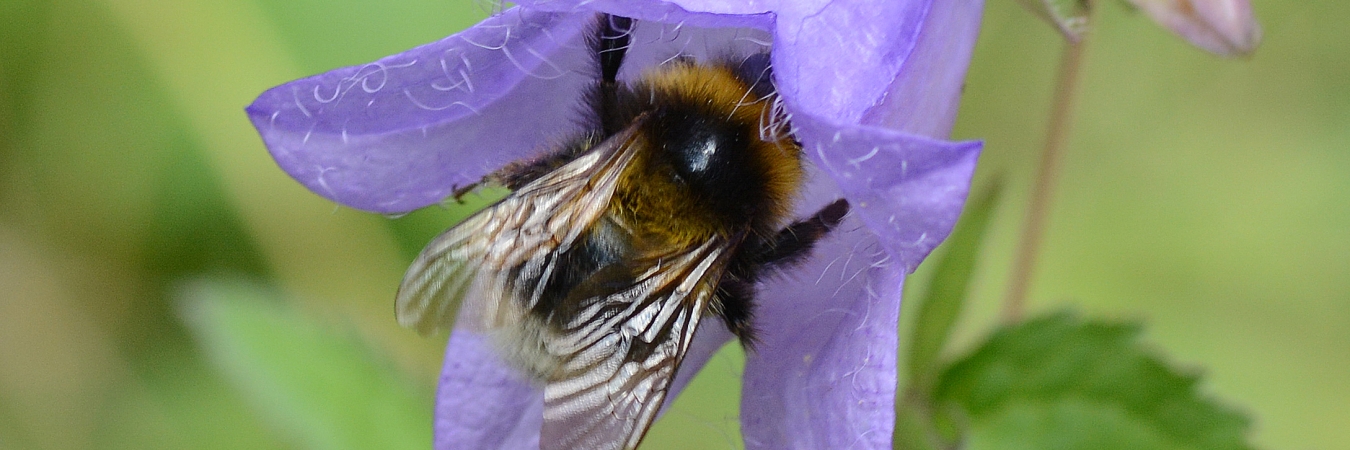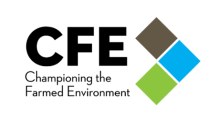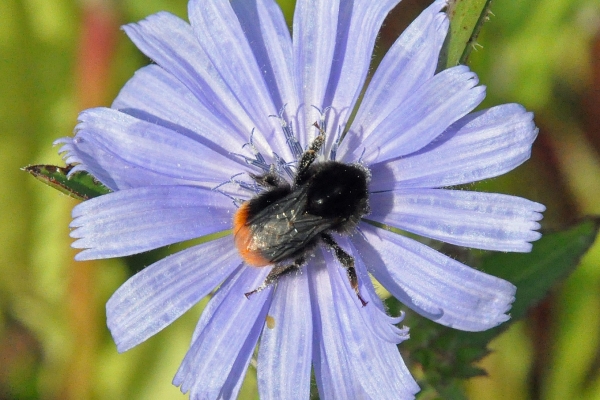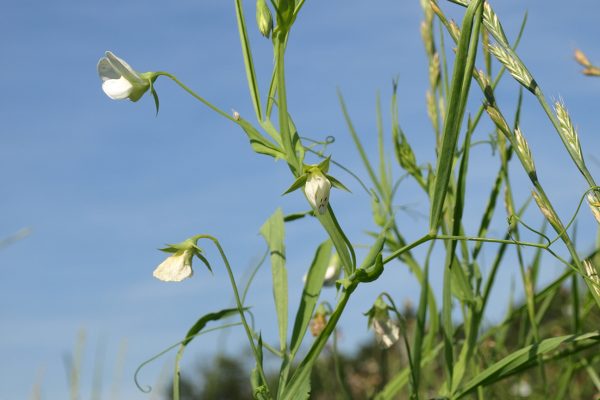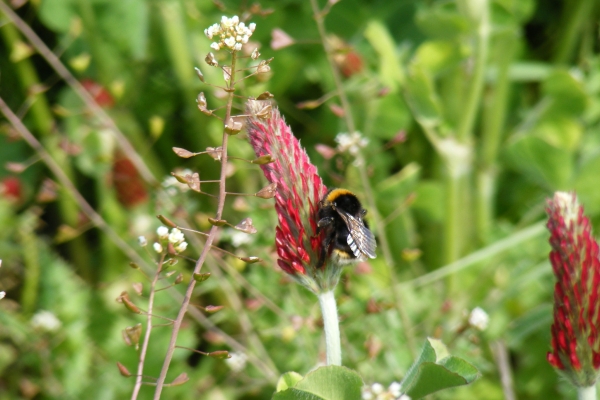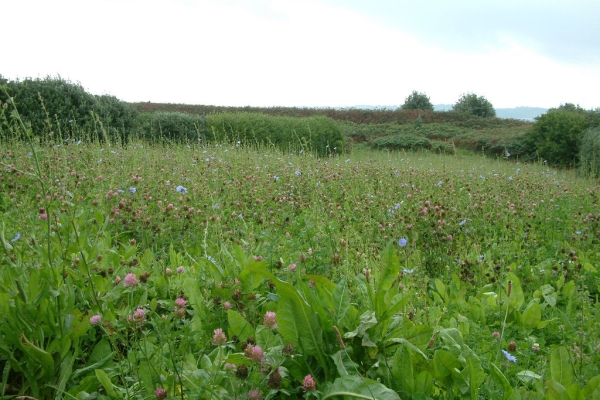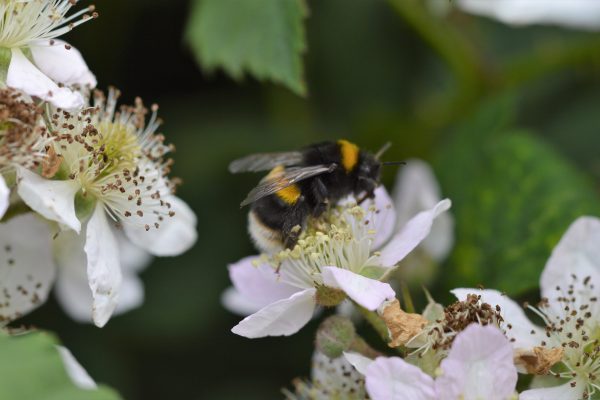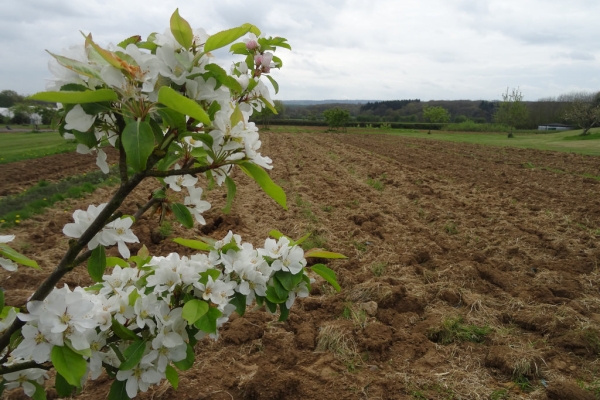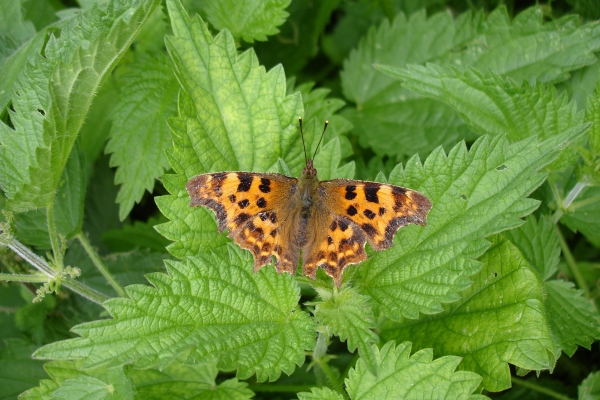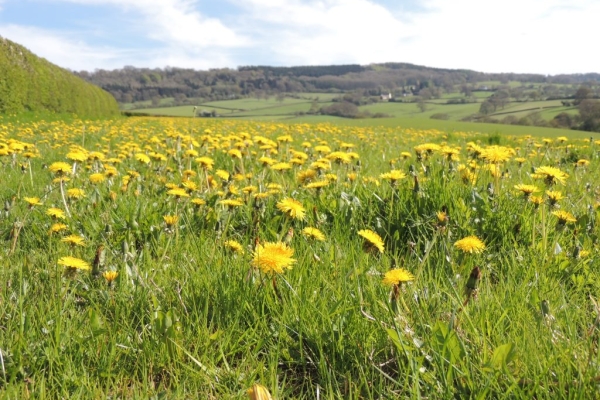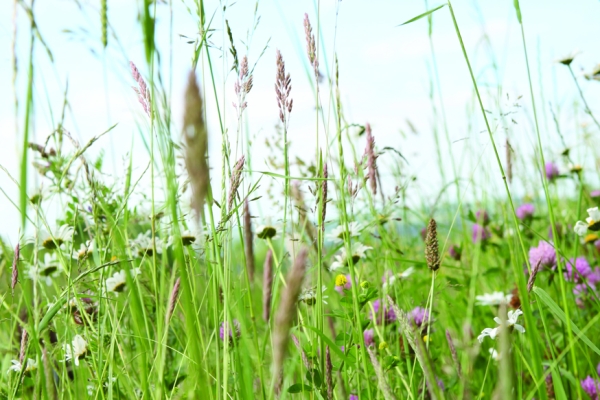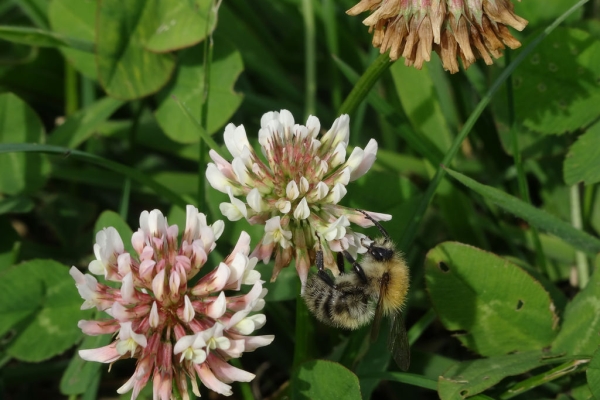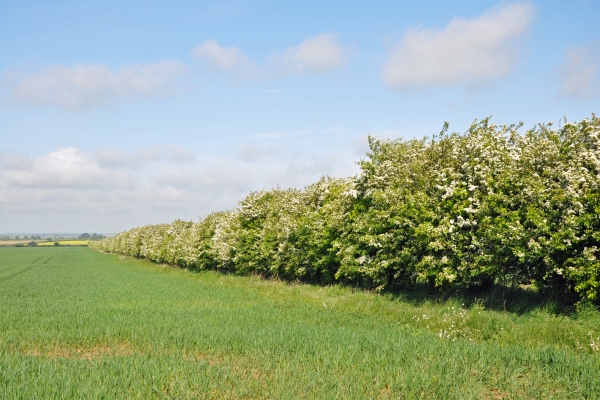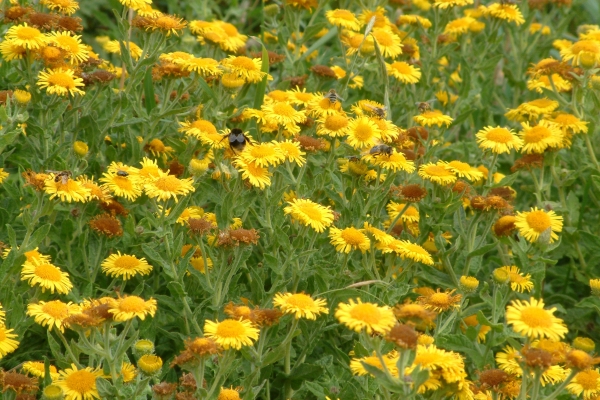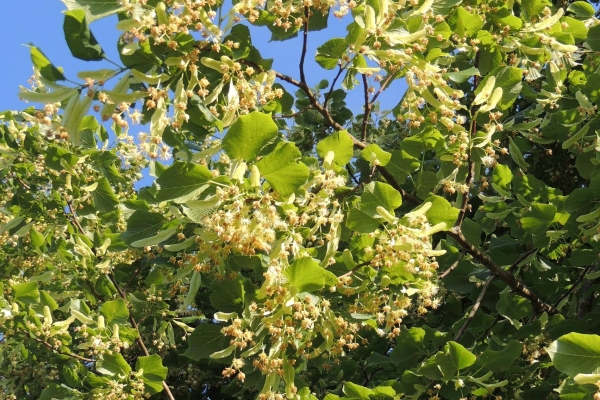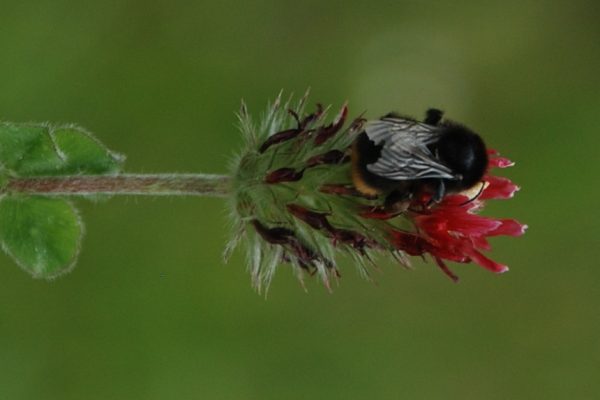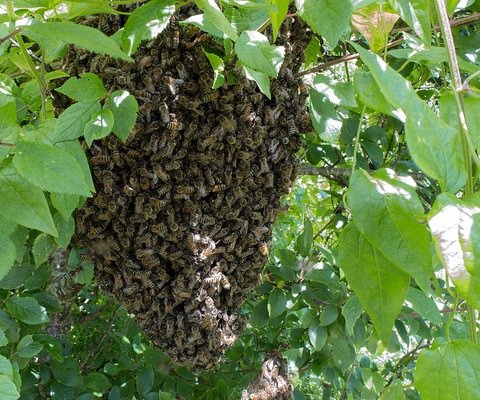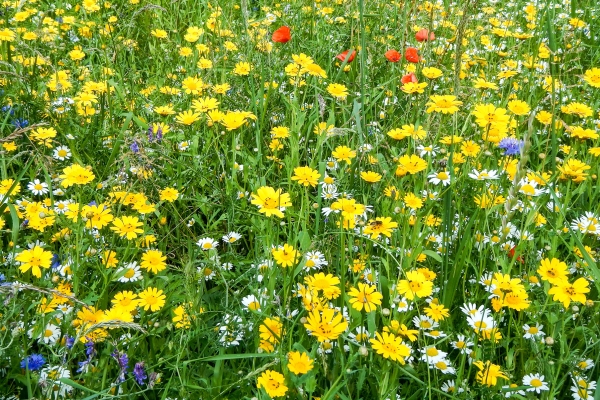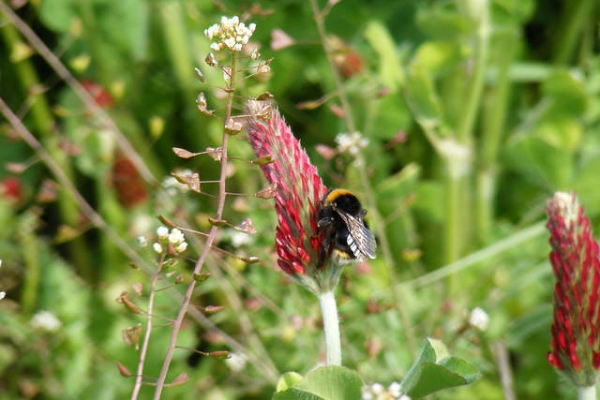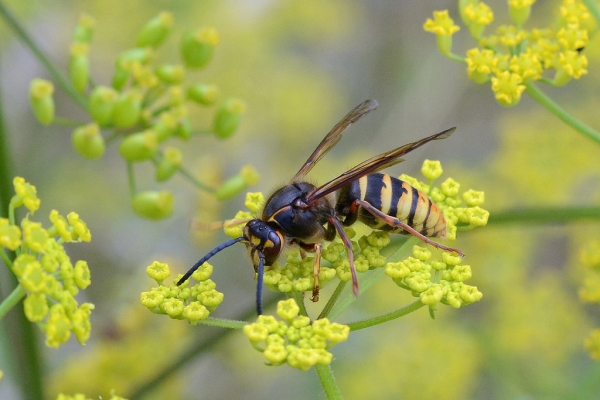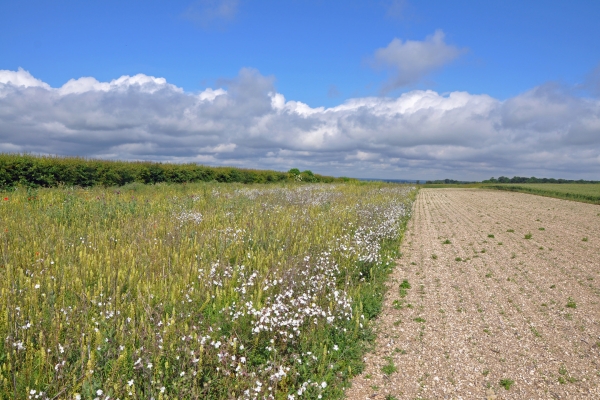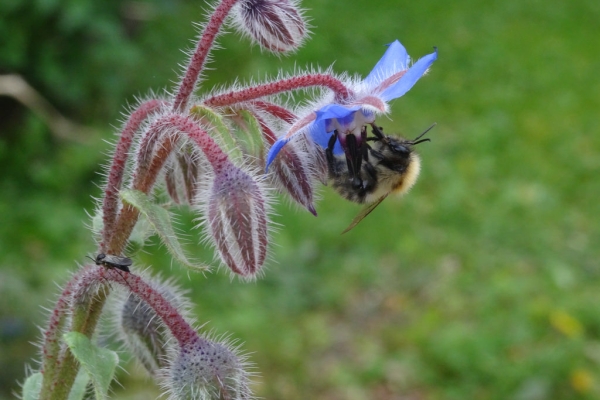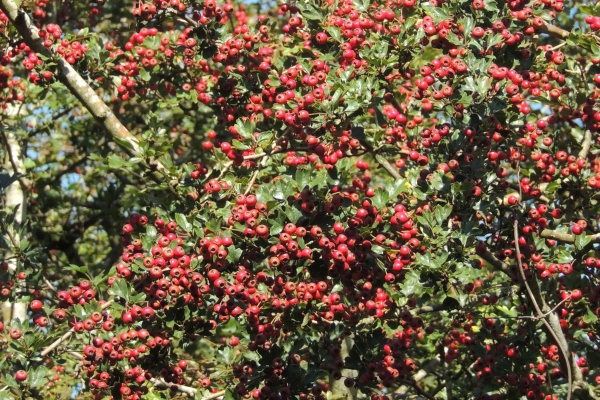Pollinator management for your farm business
mprove crop productivity and quality whilst encouraging pollinators through implementing a few simple environmental measures.
Resource explained
This guide provides advice to help you protect and enhance areas of your farmland through implementing environmental measures “in the right place and managing them in the right way.”
The CFE partnership’s aims in relation to pollinators are explained and ‘Voluntary Measures’ that can be carried out on fallow or unproductive land to help benefit pollinators are clearly outlined with the help of an infographic.
The guide provides a brief overview of what wild pollinators require with regards to nectar and pollen-rich flowers, and why. It gives information on activities you can undertake to help provide food for pollinators during the summer, spring and autumn, on your arable, livestock and dairy farms. The preferences of wild pollinators in relation to creating nests and for hibernation are briefly mentioned.
A useful list is included of some plants that will attract pollinators, divided in to different times of the year.
Findings & recommendations
- Carrying out the recommended CFE Voluntary Measures on fallow or unproductive land could help benefit pollinators and a range of other wildlife on your farm.
- By encouraging pollinators, you can also improve crop productivity and quality.
- Pollinators are active from early spring until late summer and require both pollen (food) and flowers rich in nectar (fuel) to provide food throughout their nesting season; from March until September. You can encourage wild pollinating species by ensuring you provide food throughout the year and by providing nesting and resting places.
- There are various actions you can take to provide food for pollinators in relation to field margins, grass leys, hedgerows and planting trees, and others that will help create suitable areas for nests and hibernation.
- By implementing some of the CFE measures, you can help support the delivery of elements of the National Pollinator Strategy (and help ensure pollinating insects survive and thrive).
